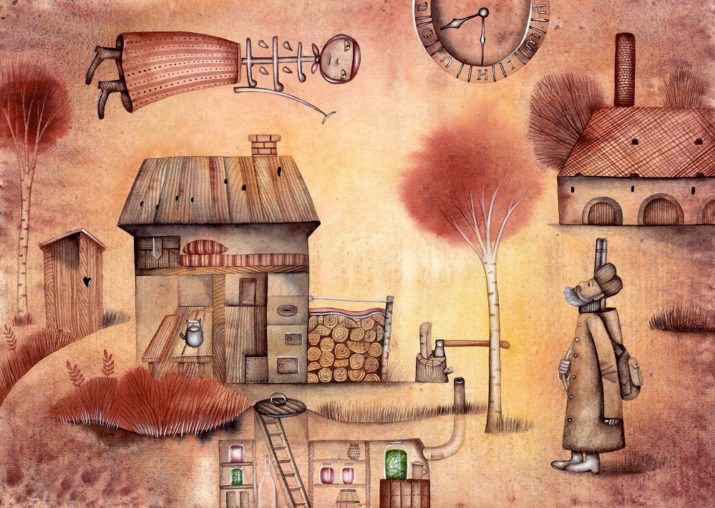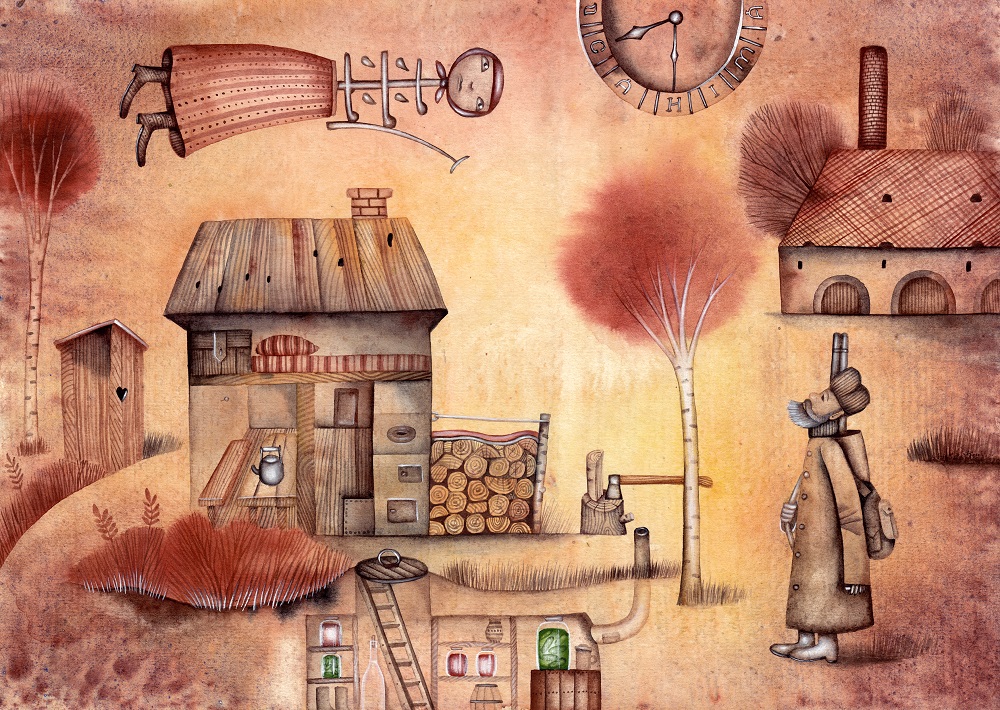

An introduction to our special feature on The Gender of Power.
Given the severity of challenges facing Europe, from Brexit and the Trump administration’s thinly veiled hostility to the EU and NATO, to the on-going influx of refugees and the rise of populism, writing about gender and sexuality might seem quaint, even indulgent to some people. They would be mistaken. Any thorough examination of the political, social, and economic situation of Europe in the early twenty-first century takes gender and sexuality seriously. Indeed, as the research, literature, and art in this special feature demonstrate, gender and sexuality are not distractions. Instead, the works featured here reveal that we get a striking—and more complete—picture of the state of European affairs by analyzing how states, political parties, social movements, as well as families just trying to make ends meet, engage with the meaning and consequences of peoples’ bodies. Furthermore, if gender and sexuality were not important, it is unlikely that so many people would spend significant time and resources to mount a growing opposition to gender and sexual equality and a reactionary pushback against gender studies across Europe (see for example: Ayoub 2016; Kuhar and Paternotte 2017; Perreau 2016).
At their core, analyses of gender are invested in revealing how the social construction of gender—the idea that humans belong in specific categories based on some perceived biological criteria and that these categories define people’s capacities and therefore their roles—supports many, interlocking hierarchical systems of domination, including those based on race, class, and nation (some classic examples include: Brown 1992; Connell 1987; Crenshaw 1991; Pateman 1988). Gender and sexuality are both part of our lived experiences—we all have genders and sexualities that determine many of our outcomes—and a key theoretical lens through which social scientists, such as those in this special feature, unpack social phenomena. A central concept emerging from this work is heterosexism: the fact that in many places, people and institutions give preferential treatment to heterosexual (usually white and middle-class) men. At the same time, this work also reveals how efforts to fight against heterosexism can lead to unexpected consequences as people who stand to gain from shifting social dynamics co-opt liberatory discourses for their own purposes. This can include unexpectedly different groups, including neo-liberal political reformers, neo-fascist racist nationalists, and even the Catholic Church. They understand intimately that gender is power. For these reasons, it is impossible to make sense of most important European issues without thinking through how gender and sexuality shape them.
Fortunately, this special feature of EuropeNow offers readers the opportunity to discover some of the paradoxical, surprising, and always intriguing ways in which gender and sexuality are playing a pivotal, if sometimes deliberately hidden and masked role in shaping the contours of contemporary Europe. The authors’ explorations, some lyrical and uplifting, while others are frightening and worrisome, provide a range of perceptions that will inform and illuminate you to keep paying attention to these issues.
In one way or another, all of the authors in this special feature speak to the increasing presence of right wing populist parties throughout Europe, and the various ways in which they mobilize gender and sexual issues as part of their strategies. In his research article, Scott Siegel discusses how these groups navigate tactfully between openly opposing the rights of sexual and gender minorities in certain times and contexts, and them embracing them in others. They do so to adapt their discourse to their audiences always with an eye to defining who belongs in the national community, which sometimes includes LGBT people, and other times, does not. Dorit Geva lays the theoretical groundwork for understanding how such dichotomies, specifically as they relate to hegemonic definitions of gender, are central to the success of certain populists. Building on Weber’s ideal types of political authority, Geva takes the case of Marine Le Pen to detail how she paradoxically embodies both hegemonic masculinity and femininity, which Geva posits are central to anchoring populist political authority. Similarly, Declan Kavanagh explores how gender stereotypes rooted in eighteenth century British political tradition, specifically the perceived effeminacy of a certain white middle-class variety, plays out differently in shaping the political careers of Jeremy Corbyn and Boris Johnson. Caitlin Carroll looks at the responses of different European countries to the refugee crises and the ways in which many of them summon the “myth of the immigrant rapist” to cast refugee men as dangerous to the country and especially to local women. Carroll reveals how this pseudo-feminist stance actually masks a much more cynical attempt to limit immigration and shore up nationalism that actually makes women—especially migrant woman—more subject to sexual violence. Finally, Catherine Bolzendahl and Ksenia Gracheva use strong comparative data to show how the acceptance of sexual minorities and their families varies widely across Europe, with a particular resistance to their recognition in post-communist countries. This information can help us make sense of why some political movements co-opt sexual minority rights for nationalist projects in some places, such as the Netherlands, but not others.
This special feature further examines societal pressures concerning sex and gender roles through a series of translated literary fiction, poetry, and visual art. In an excerpt from Yanick Lahens’ spell-binding novel Moonbath, translated from the French by Emily Gogolak, a teenage girl innocuously “[twists] the bottom of her skirt and [slides] it between her thighs,” when two eyes promptly begin to “[undress] her.” The man’s desire for her is “immediate and brutal, and it [sparks] within him a longing for entangled legs, furtive fingers, hips taken right between his palms, the scent of ferns and wet grass.” The man is fifty-five; the girl barely sixteen.
The Ideal Sex: Social Constructs of Gender Perfection, an art series curated by EuropeNow Editor Nicole Shea, exposes society’s flawed idealization of male and female bodies, suggesting “the tall and the slim define the desirable female, as guns, muscles and sports define the true man.” The artists presented in this visual series lash out against these enforced ideals and question their validity.
In addition to these pieces, we invite you to read the interview with co-curator of this special feature, Gill Allwood, where she compellingly details the work that EU institutions and individual countries need to attend to in order to better address fundamental issues of gender equality. She also describes the work of the RNGS, which was founded by David Paternotte and Isabelle Engeli. Their leadership helped create an intellectual environment that sustained the work of many of the scholars who contributed to this issue.
Michael Stambolis-Ruhstorfer is a doctoral candidate in the Sociology Department at the University of California Los Angeles. His dissertation compares the role of experts and the use of expertise in legal debates on marriage and parenting rights for same-sex couples in France and the United States. His other research, exploring the relationship between sexual identity and national political context, was recently published in the American Journal of Cultural Sociology.
Kayla Maiuri is the editorial and publications associate at the Council for European Studies, and the associate editor of EuropeNow. She holds an MFA in fiction from Columbia University, where she served as fiction editor of Columbia: A Journal of Literature & Art. She is currently working on her first novel.
Gill Allwood is the Subject Leader for European Studies and Programme Leader for the MA by Research in European Studies.
Poetry
– Constellations of Genders by Cristalle Tourrenc Le Tréguilly, translated from the French by Erika Luckert
– Third-Millennium Heart by Ursula Andkjær Olsen, translated from the Danish by Katrine Øgaard Jensen
Fiction
– Moonbath by Yanick Lahens, translated from the French by Emily Gogolak
Research
– “Camp Johnson versus Effeminate Corbyn: English Masculinities Put to Vote” by Declan Kavanagh
– “Friend or Foe? The LGBT Community in the Eyes of Right-Wing Populism” by Scott Siegel
– “Homonegativity in Eastern Europe” by Catherine Bolzendahl and Ksenia Gracheva
– “The European Refugee Crisis and the Myth of the Immigrant Rapist” by Caitlin Carroll
– “‘A Beautiful Night with Marine:’” Marine Le Pen and Gender-Hegemonic Charisma” by Dorit Geva
Reviews
– Gender and the Economic Crisis in Europe: Politics, Institutions and Intersectionality, reviewed by Muireann O’Dwyer
– Queenship, Gender, and Reputation in the Medieval and Early Modern West, 1060-1600, reviewed by Miriam Shadis
– Queer Theory: The French Response, reviewed by Denis M. Provencher
– Amatory Pleasures: Explorations in Eighteenth-Century Sexual Culture, reviewed by Kim Simpson
– The Némirovsky Question: The Life, Death, and Legacy of a Jewish Writer in Twentieth-Century France, reviewed by Nadia Malinovich
– Adua, reviewed by Yasmin Roshanian
Interviews
– “Gender and Policy: An Interview with Gill Allwood” by Lillian Klein
Visual Art
– The Ideal Sex: Social Constructs of Gender Perfection, an art series curated by Nicole Shea
Photo: Hunter and witch, Eugene Ivanov | Shutterstock
Published on July 6, 2017.




